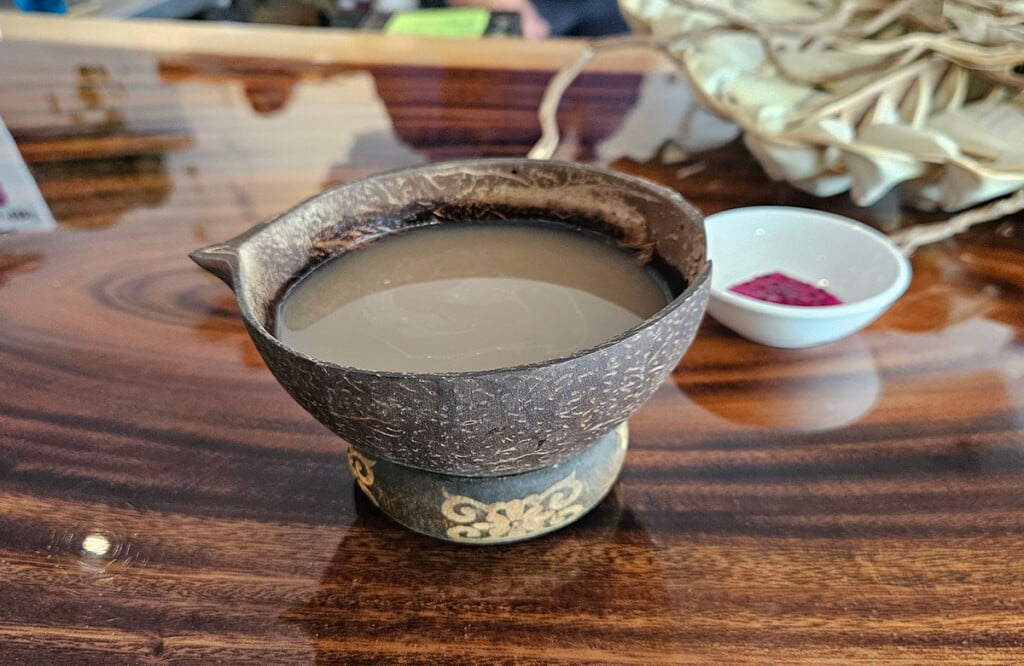Science on the Street
We were riding along Kalakaua Avenue the other day near the McCully Jack-in-the-Box, and noticed a new addition to the neighborhoods: a big, official-looking gray box, topped by solar panels and a large antennae. What is that thing?

A closer look revealed that it’s a stream gauging station, operated by the U.S. Geological Survey. Ronald Rickman, supervisory hydrologist at the local office of the federal agency, says the station is one of several recently installed along Makiki Stream, Manoa Stream and Pukele Stream in Palolo Valley. They’re part of a new five-year study to measure exactly how much sediment is washing into the Ala Wai Canal, and then out to ocean reefs.
“We’re going to get an idea of how much is coming from urban residential or industrial settings versus what’s coming off the natural conservation area,” Rickman says.

Of course, measuring the output of Hawai‘i streams is nothing new. Some of the U.S. Geological Survey’s gauges have been recording stream levels for a century now, giving scientists and city planners a better view on big-picture trends.
“If you look at the long-term data, the base flow of Oahu streams is about half what it used to be,” says Rickman. “Within the last 50 years or so, it’s dropped way down.” There’s a lot of speculation as to what that’s due to, whether it’s changing rainfall patterns or invasive vegetation impacting groundwater recharge rates or something else.
Data geeks will be happy to learn that all of this stream flow data is available online at hi.water.usgs.gov. A lot of the information is in a fairly wonky format, but there are cool toys to play with, such as a Google Maps chart showing how well each stream is flowing compared to historical levels. (not well, for many of them.)









